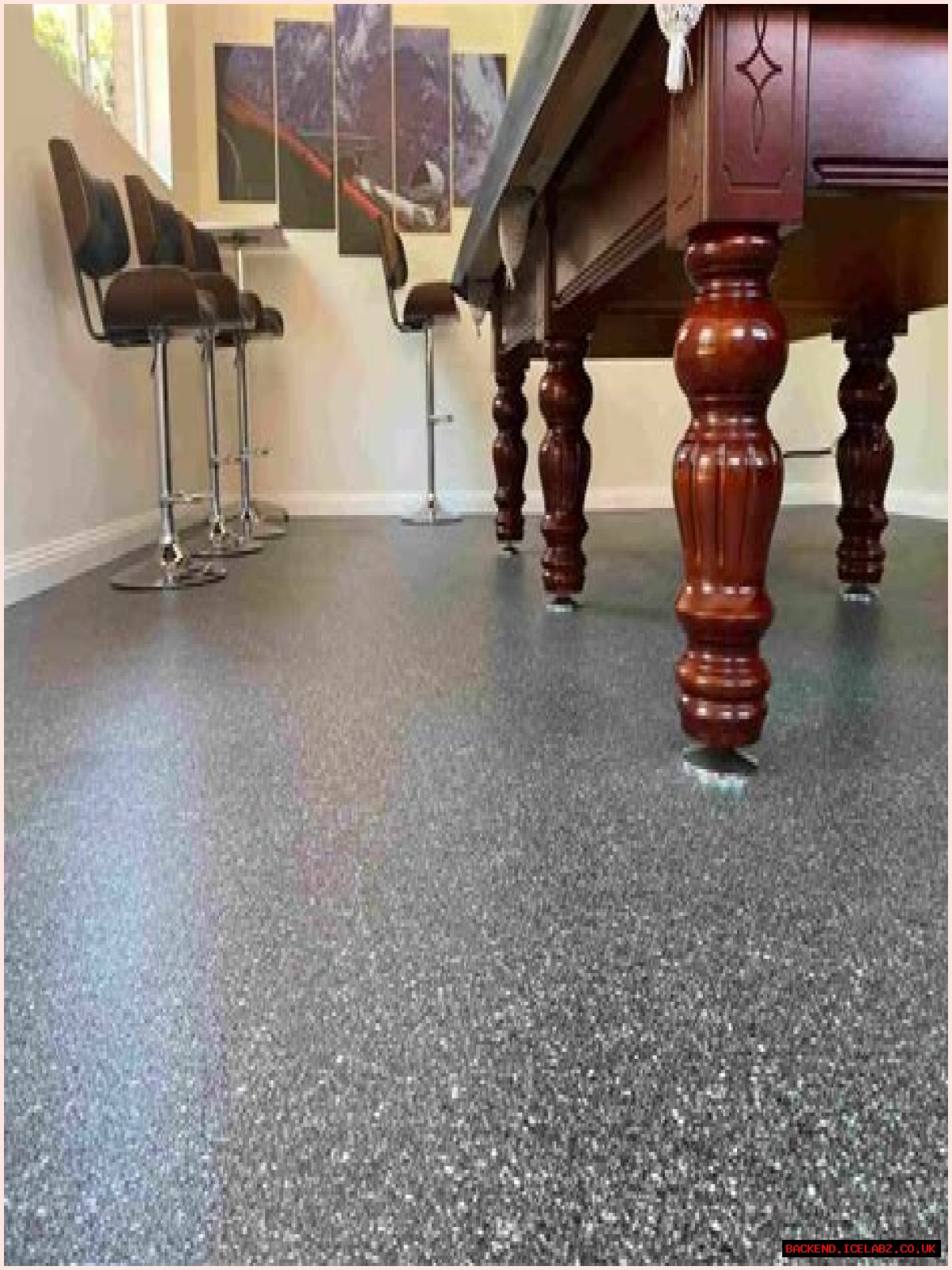Epoxy resins usually comprise four ingredients: the monomeric resin, a hardener, an accelerator and a plasticizer.
What is epoxy and how it is made?
Epoxy resins are thermosetting polymers with unique mechanical and resistance properties. They are the result of a chemical reaction called ‘curing’, which involves epoxides and other chemicals more commonly known as ‘hardeners’ or curing agents.
Is epoxy a plastic?
Epoxy is a thermoset plastic that has an epoxy ring consisting of two carbon atoms that are single-bonded to a common oxygen atom.
Is epoxy made from oil?
In our previous works, we have demonstrated that plant oil-based epoxy polymers with tens to hundreds of epoxy groups on fatty acid side chains provide epoxy resins with high mechanical strength and high toughness. In this work, we developed a high efficient strategy to prepare epoxy polymer from palm oil.
Is epoxy natural?
However, these days, the organic materials used to make epoxy resins are mostly derived from sugar or corn, instead of petroleum. Even though epoxy resins are classified as non-toxic materials by the American Society for Testing and Materials (ASTM), they still contain a lot of harmful ingredients and toxic chemicals.
Is epoxy a glue?
What is epoxy glue, and what are its uses? An epoxy is a two-part adhesive that forms when you mix epoxy resin and hardener. The two substances are stored in different containers and are only mixed together when you’re ready for gluing – which you can do using a double syringe, for example.
How long will epoxy last?
In residential cases, some epoxy floor coatings have been known to last for 30 years, but industrial and commercial settings are generally subject to much higher rates of vehicular and foot traffic, as well as spills, accidents, or other issues that can wear epoxy down faster.
Is epoxy an epoxy?
Epoxy is merely cured epoxy resin. Or in other words, epoxy resin is epoxy adhesive in its liquid form. For any epoxy, there are two primary parts to the equation: the resin and the curing agent. When the resin and the curing agent react together, the hardening process ensues.
What are the disadvantages of epoxy?
10 Disadvantages of Epoxy Flooring Strong toxic fumes. Epoxy takes long to harden completely. Temporary flooring solution. Cracks and Chips on high impact areas. Very Slippery when Wet. Tedious installation process. Complex Removal Procedure. Costly Maintenance.
Is epoxy waterproof?
Epoxy resin is made of up two parts: resin and hardener. A chemical reaction occurs when the resin and hardener are mixed together, taking it from a liquid to a hard, plastic, solid. Once cured, ArtResin epoxy resin is permanent, weather resistant and waterproof as long as the entire surface is coated.
Who invented epoxy?
Originally used for dental fixtures, epoxies were created in the 1930s by two scientists, Dr. Pierre Castan in Switzerland and Dr. Sylvan Greenlee in the United States. The first epoxies were amber-coloured solids but soon became widely available as adhesives.
What is hardener in epoxy?
Epoxy resin systems consist of two parts, an “A” and a “B” side. The B side, also known as the “hardener”, is the epoxy curing agent; the curing agent is responsible for reacting with the epoxy groups contained in the epoxy resin A side. Reaction of curing agents with epoxy resins results in hard, thermoset materials.
Where is epoxy found?
Epoxies are also commonly found in the automotive sector to preserve the outside of vehicles from corrosion as well as in the maritime and aerospace industries. Thanks to their insulating properties, they are increasingly common in electronics.
What polymer is epoxy?
epoxy, Any of a class of thermosetting polymers, polyethers built up from monomers with an ether group that takes the form of a three-membered epoxide ring. The familiar two-part epoxy adhesives consist of a resin with epoxide rings at the ends of its molecules and a curing agent containing amines or anhydrides.
What is epoxy chemistry?
Epoxy is the family of basic components or cured end products of epoxy resins. Epoxy resins, also known as polyepoxides, are a class of reactive prepolymers and polymers which contain epoxide groups. The epoxide functional group is also collectively called epoxy. The IUPAC name for an epoxide group is an oxirane.
Is epoxy toxic to plants?
As a general rule, epoxy, polyurethane, or silicone, are completely inert once catalysed and thus environmentally safe. Therefore, when your epoxy resin is completely polymerized, it cannot contaminate the environment.
Is there formaldehyde in epoxy?
Other materials such as the epoxy resin cements, for example AH26 (De Trey Dentsply, Konstanz, Germany) and AH Plus (De Trey Dentsply), do not contain formaldehyde as an ingredient, but they release minimal levels of formaldehyde during their setting reaction.
Is there a substitute for epoxy?
Hard plaster and concrete are excellent epoxy resin alternatives, and their use is not limited to small surfaces only. Unlike epoxy resin, concrete and plaster can be easily applied to large surfaces as well. Other great alternatives to epoxy resin include slush latex, metal, plastic, and alabaster.
